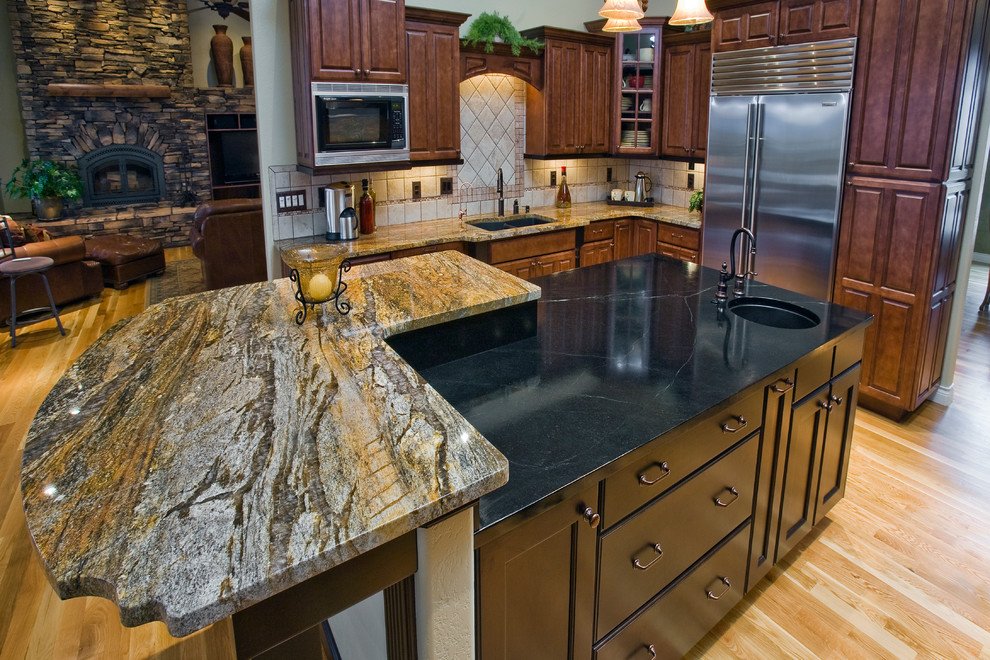Aquifers are crucial components of the Earth’s water cycle and serve as major sources of fresh groundwater. But what kind of material forms a good aquifer layer? Is it soil, clay, solid granite, or cracked rocks? This article explores the geology behind aquifers and explains why some materials are better suited than others to hold and transmit water.
We’ll also highlight the role of granite in aquifer systems and how its properties influence water storage underground.

What Is an Aquifer?
Definition
An aquifer is a body of permeable rock or sediment that stores and transmits groundwater. Aquifers are typically saturated with water and are tapped into for irrigation, drinking water, and industrial use.
Types of Aquifers
- Unconfined aquifers: Water seeps from the ground surface directly into the aquifer.
- Confined aquifers: Bounded by impermeable layers such as clay or unfractured rock.

Characteristics of a Good Aquifer Material
1. Porosity
Porosity refers to the percentage of void space in a rock or sediment that can hold water. Materials like sand and gravel typically have high porosity.
2. Permeability
Permeability measures how easily water can flow through the material. A good aquifer must have high permeability to transmit water effectively.
Comparing Aquifer Candidates
Let’s break down the options:
Soil
- Pros: Can be porous depending on type
- Cons: Often lacks sufficient permeability
- Conclusion: May store water but not a strong aquifer layer
Clay
- Pros: High porosity
- Cons: Very low permeability; restricts water flow
- Conclusion: Acts more as an aquitard (barrier) than an aquifer
Solid Granite
- Pros: Extremely durable and abundant in the Earth’s crust
- Cons: Low porosity and impermeable when unfractured
- Conclusion: Poor aquifer unless cracked or weathered
Explore more: What does granite mean?
Cracked Rocks (Fractured Granite or Sandstone)
- Pros: Fractures enhance permeability
- Cons: Porosity depends on extent of fracturing
- Conclusion: Most likely to form an aquifer when highly fractured
Answer: Cracked rocks (fractured granite or other porous rocks) are the most likely candidates for forming aquifer layers.
Granite and Aquifers
Granite, a common igneous rock, is known for its strength and resistance to weathering. But as an aquifer material, it performs poorly unless fractured.
When Is Granite Useful in Aquifers?
- Fractured granite can store and transmit water in areas with tectonic activity.
- Weathered granite may host secondary porosity due to chemical alteration.
Read more: What do granite and basalt have in common?
Granite in Home Design: Practical Applications
Despite its limited role in aquifers, granite excels in home design:
- Granite kitchen countertops
- Granite backsplash designs
- White and black granite countertops for modern aesthetics
Useful resources:
Aardwolf Granite Products and Tools
Aardwolf offers a wide range of granite products and accessories:
- Aardwolf granite countertop collection
- Premium granite slabs
- Installation services and handling solutions
- Jib crane for lifting and placing heavy granite slabs safely
Conclusion: Cracked Rocks Are the Best Aquifer Material
To summarize:
- Cracked rocks offer both porosity and permeability, making them ideal for aquifers.
- Solid granite is too dense unless fractured or weathered.
- Soil and clay play secondary roles in storing or restricting groundwater.
While granite may not be the most efficient aquifer material, its significance in geology and home construction remains unmatched. Understanding the unique roles of different rock types can help you make better decisions—whether you’re digging a well or remodeling a kitchen.

